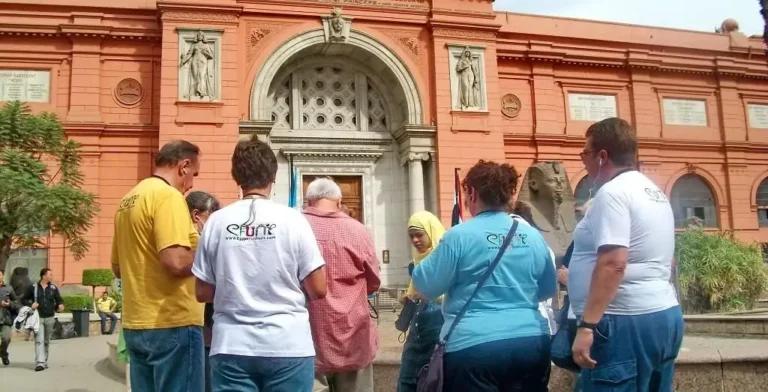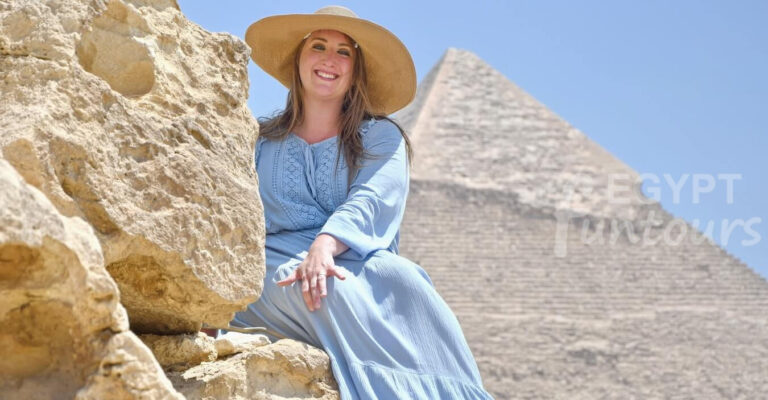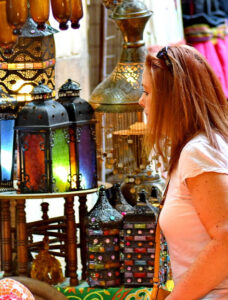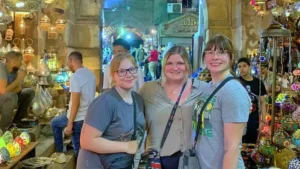Goddess Ma’at Principles
There isn’t a single, definitive “full list” of Ma’at principles that was written down and numbered in ancient Egypt like a modern legal code. Instead, the principles are a comprehensive moral framework, best understood through the “Negative Confessions” from Chapter 125 of the Book of the Dead.
In this text, the deceased person would declare their innocence of a wide range of misdeeds before 42 divine judges in the Hall of Two Truths. By confessing that they did not commit these actions, they were essentially affirming that they did live by the principles of Maat.
This list is a full, detailed list of Ma’at principles, all the actions required to live in accordance with Ma’at. The principles can be broadly categorized as follows:

























